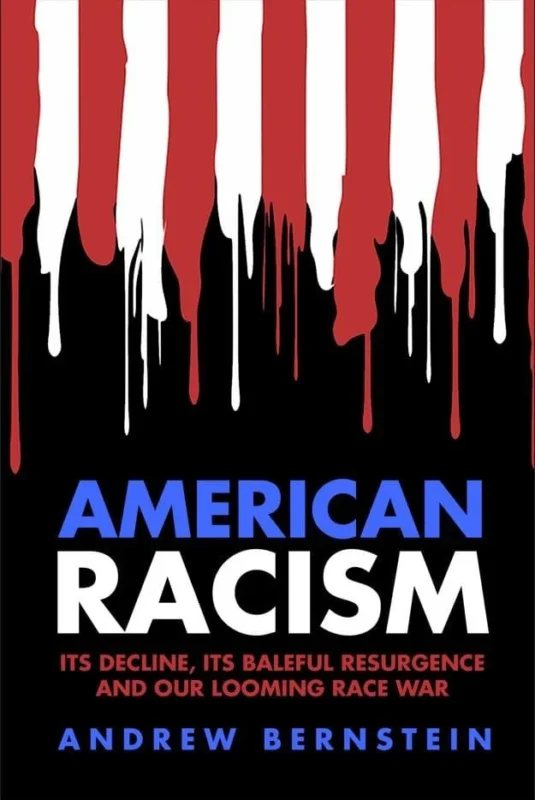What inspiring, bullish news. It’s the dawn of a great new era. I can feel my animal spirits rising.
That’s right. Didn’t you feel the same way yesterday when you heard that the Department of Justice wouldn’t seek the break-up of Microsoft? Doesn’t it just make you want to go out and buy a flag so you can salute it? Doesn’t it make you want to email President Bush with congratulations for his far-sighted and enlightened policies? I mean, this is revolutionary! Just think: America’s top law enforcement agency has decided that it doesn’t want to throttle America’s most dynamic large corporation (at least not in that particular way, which the appeals court basically ruled out three months ago — and which doesn’t stop them from throttling it in another dozen ways, turning Bill Gates upside down and shaking him until all his loose billions fall out of his pockets and into the campaign coffers).
But don’t listen to me — listen to the market! This is hot stuff! When that news came out, the NASDAQ rallied for three whole minutes, from 10:11 EDT to 10:13 EDT.
And didn’t it make you want to run out and buy every technology stock you could lay your greedy little hands on when you heard, after the close, that Intel was affirming its earnings guidance in the low-middle of the range? I mean, that’s powerful stuff! Sure, they wouldn’t say anything about the 4th quarter. But I listened to that call personally, and I am here to tell you that I heard the boys from Chipzilla use the word “ramp” — that’s right, they used it more than once!
That’ll be good for a 15-point gap opening in the NASDAQ today — which will make up for a fraction of yesterday’s losses (and may last for a whole 15 minutes).
But that isn’t all! Put Microsoft and Intel together with Cisco’s claim that their business is “stabilizing,” and it’s enough to make you drunk with speculative euphoria. Happy days are here again, boys and girls.
Oh boy.
So what does it mean when this is the best we can do?
Here’s what it means.
The collapse in the stock market from March 2000 to April 2001 anticipated and tracked the collapse in corporate earnings as Alan Greenspan busted the boom economy.
The collapse from May 2001 to today reflects a collapse in growth prospects, as neither Alan Greenspan nor anyone else among the powers that be offers any catalysts for reigniting the boom.
The first collapse was about earnings compression. This collapse is about valuation compression. I have no idea how far it has to go. But I know that investors are giving up on the hope for growth. And that means that the rational thing for them to do is to give up on stocks.
History has been so effectively rewritten that the boom is now universally believed to have not been a boom at all, but rather a bubble. Regarded that way, there is no mandate to recreate that wondrous time in the American economy. Quite the opposite — we are supposed to feel virtuous (if not downright self-righteous) that we are now enduring the noble pain of these hard times, in contrition for the sin of pride we permitted ourselves when the NASDAQ was at 5000.
So the Fed toys with trivial interest rate cuts, rather than grasping the fundamental procedural changes that will be necessary to redress America’s long-standing monetary deflation. So the Congress obsesses with puritanical notions of deficit reduction and debt retirement exactly at the time when they ought to be falling all over themselves to cut taxes.
Yes, there is the odd straw in the wind. The mainstream media is talking more and more about deflation, and about gold. Those two vitally important monetary subjects were virtually taboo three months ago. But Alan Greenspan isn’t listening — he’s just interested in polishing his theories about the “wealth effect,” and figuring out ways to claim that today’s strong housing market is as inflationary as yesterday’s strong stock market.
And Senator Trent Lott is talking about capital gains tax cuts. But no one is listening to him now that he leads the minority — hell, they never listened to him even when he led the majority.
So we wander in the weeds, and the best we can hope for are episodic thrashings of temporary recovery in stocks. Until there is a real catalyst, there can’t be a real recovery. And there can’t be a real reason to bear the risk of stocks.









